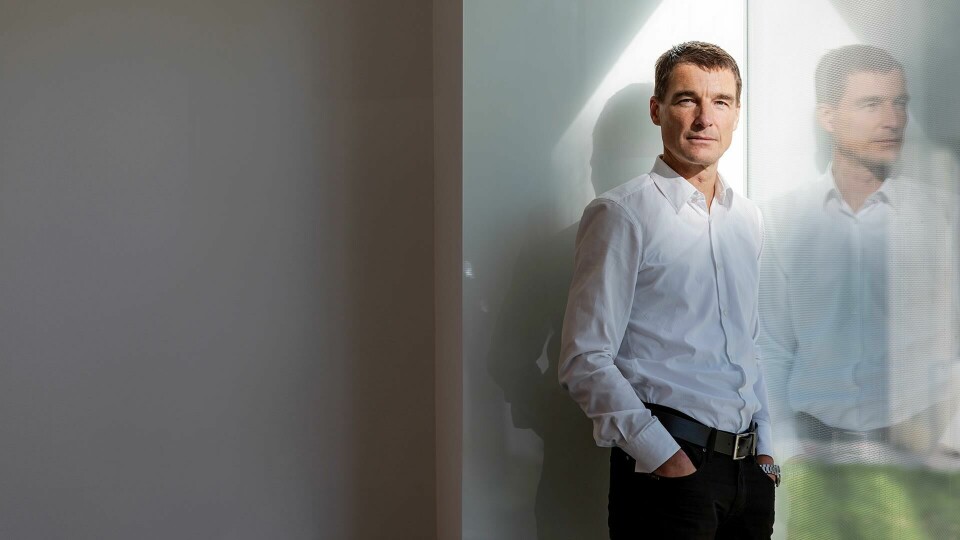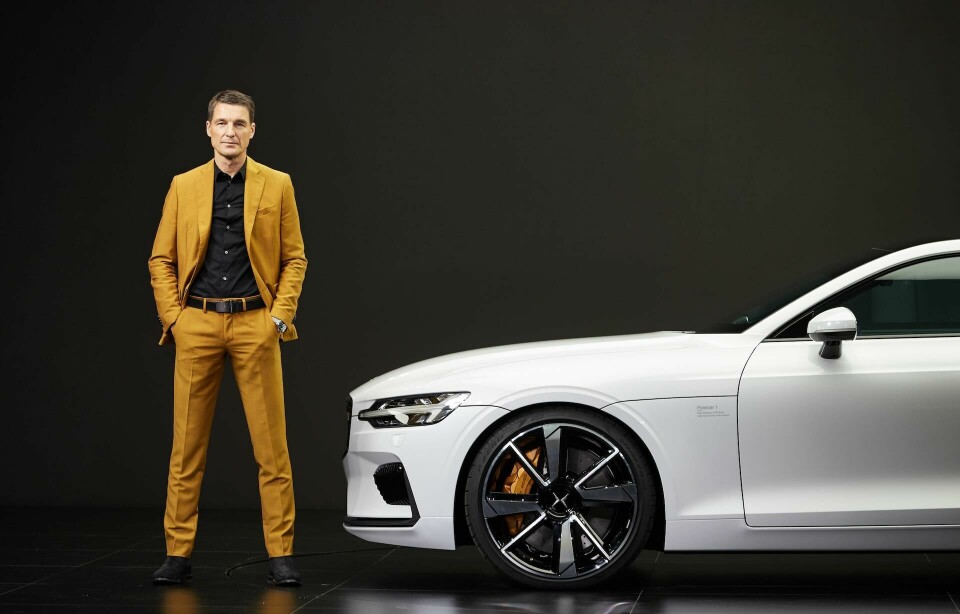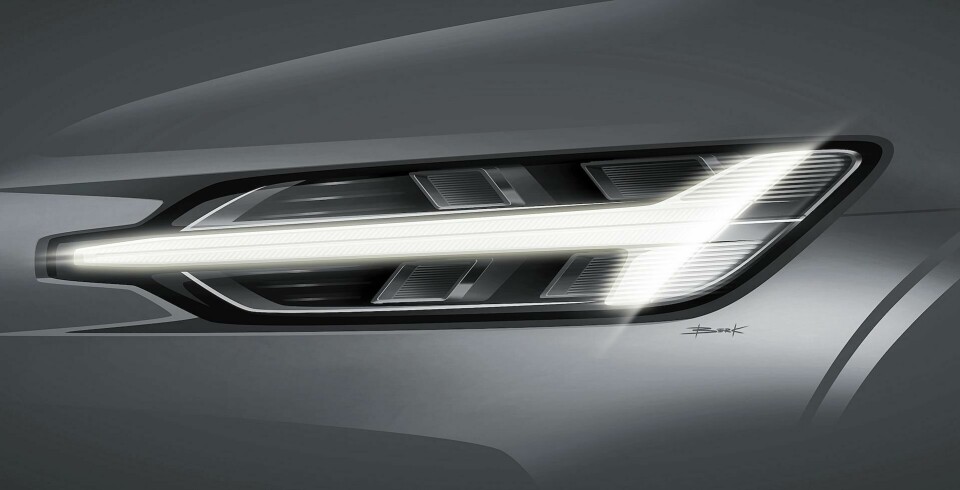
Design interview: Thomas Ingenlath, Polestar
“We have to play our role in ensuring that the transition into the new age is a successful one”
Was 2018 a stand-out year? I don’t know. One thing that is definitely true is that the search continues with autonomous driving – it’s like everybody has a different answer, and that is exciting, as you actually see the experimental options. You might not agree with everything, but it might be an indication of a time when you just simply explore, and it’s fair to let people do that without being too judgmental. What seems too much of a contrast right now is how you have futuristic-looking concepts with no steering wheels, in contradiction with the overwhelming embrace of traditional ‘big production car’ values, like the long bonnet, the super-coupé.
There is something missing in between – why is the only option either a UFO or a typical incarnation of the traditional car? For 2018 we gave the first flavour of brand awareness for Polestar. We toured around with the Polestar 1 and established in public that we are a premium brand, and that we come with an approach to the market that is very distinctive. The way we appeared at a traditional place like Goodwood [Festival of Speed] with high confidence showed that we were not searching for who we could be, and it was very nice to see how the public reacted. We were at the Geneva motor show, and also at classic car events like Pebble Beach [Concours d’Elegance].

We went to CES, too, and it’s funny to see how there are no strong boundaries between these events. For us, and for other ‘new’ brands like Nio or Tesla, going to Pebble Beach is just as relevant as Daimler or Audi going to CES. It’s all about understanding that the world is multicultural and there’s more than one way to do things. It’s good to see the car industry broadening its perspectives.
One of the things that’s crucial to be fit for the future is to say that not everything from the past is bad. Designers in the car industry should acknowledge that as much as they have to evolve, a lot of things from the past are great and you can work with them. That was something nice to see in 2018 when we travelled around the world: not only how much the new things were interesting, but how more traditional things got a new edge. Of course, the craziness of a car show in China as you saw five years ago, with so many unknown car brands, a lot of them with design copies, has changed so much. You still have a lot of brands, and wonder where they will end up, but they have very interesting stories. There is more confidence, too, and the quality has definitely improved.
Is there an identity yet? Yes, I think you can start to talk about that. Our own brand Geely certainly has become much more professional with its design. It certainly is very visible how fast the development has been there. At Volvo we’ve completed an amazing product line-up, but now we have also come up with the Polestar brand that lets us do things that we couldn’t have done with Volvo. Working together with one design team and people understanding how these things are different is ambitious – Robin [Page] is the head of design at Volvo; Max [Missoni] is the head of design at Polestar; I’m not a head of design in that way any more; I supervise the design direction of it all as chief design director of the Volvo group.
That only works because it’s very simple in its execution – we meet, review what’s needed and exchange opinions – if Robin is not convinced of something that doesn’t affect Volvo, but does affect Polestar, it is of course relevant, and together we come up with a solution. It happens irrespective of the job titles – it’s just three people working together with different personalities but similar ways of thinking about design. The task of creating a specific Polestar design team is something that we still have ahead of us. Along with the right qualifications, what we look for are people prepared to go through nearly endless iterations to achieve perfection, and a real willingness to see something right through to the end.

For me, the most important thing is whether a designer knows not only how to draw something nice, but if they really understand what is great about a particular sketch. I can ask designers to go and analyse what made a sketch or model fascinating and special, and make sure it stays true to this essence when the car becomes a reality. I perceive that the focus on speed is not such a topic any more. It goes hand-in-hand with the electric age. The limitations that you still have with battery capacity turn a natural spotlight on the waste of resources you are causing when you drive at high speeds. I think you can detect a change in the idea of quality time. Quality time spent in your car doesn’t mean the super-fast autobahn drive, because it’s dangerous, hectic and everyone is more tense than after a more relaxed drive where you enjoy listening to a good book.
I think that the whole of society is becoming a bit more conscious that how you enjoy your car isn’t just about performance. The car industry has had such a design orientation in the last seven years or so, and I think we have to acknowledge as designers that with the challenges that the car industry is facing, design itself is not the main topic any more. I think it’s good that we are just simply part of a bigger picture and we have to play our role in ensuring that the transition into the new age is a successful one. It’s a little less self-indulgent. Instead of being the star of everything, we should be more understanding that the industry has a real transition to do. We should be instrumental and supportive, but should not expect to be in the limelight all the time. Perhaps that’s more what 2018 was – a pivot point in a way, to a new era.
.
.
















